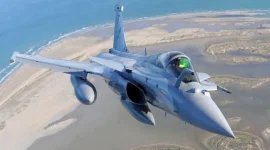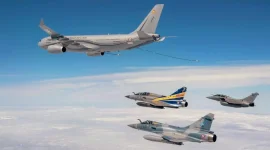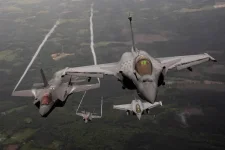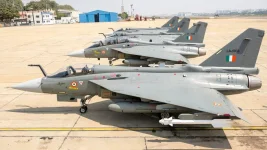- Views: 3K
- Replies: 13

The Indian Air Force (IAF) is actively pursuing the development and acquisition of affordable air-to-air missile systems to counter the increasing prevalence of low-cost aerial threats, including drones, loitering munitions, subsonic cruise missiles, and rockets.
Recognizing the evolving tactics of modern warfare, the IAF acknowledges the financial and strategic limitations of using expensive surface-to-air missiles (SAMs) against these budget-friendly threats. Adversaries often utilize swarms of drones and loitering munitions to overwhelm air defence systems and deplete missile stockpiles, paving the way for deploying more advanced weaponry.
While the IAF is currently developing the VL-SRSAM and has the VSHORADS for mobile defence, these options are considered too expensive and time-consuming for mass production. DRDO is also working on an air-to-air variant of the VSHORADS for Attack helicopters.
The IAF's vision involves a cost-effective interceptor missile system deployable from various platforms, including trucks, helicopters, and fighter jets, for maximum operational flexibility. They are looking to private Indian companies to develop this new generation of low-cost interceptors, ideally air-launched with a range exceeding 20-25 kilometers.
This envisioned system should offer launching versatility, providing a multi-layered defence against diverse aerial threats. Solar Industries India Limited has already presented the Bhargavastra Weapons System for combating UAVs and loitering munitions. However, it remains to be seen if the IAF will opt for an air-launched solution with a longer range.
Before formally announcing a development program, the IAF plans to engage with all interested stakeholders and companies to establish clear technical requirements and identify the most suitable partners for this project. This collaborative approach emphasizes the IAF's commitment to developing a cost-effective and adaptable defence solution against the evolving landscape of aerial threats.





